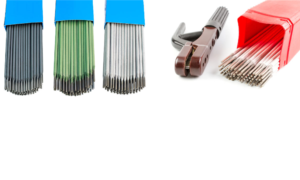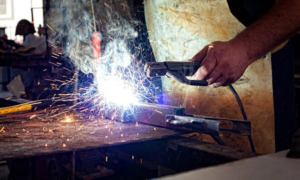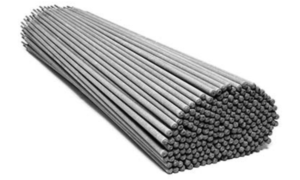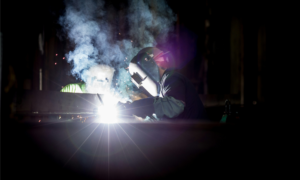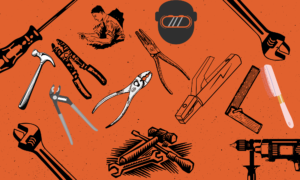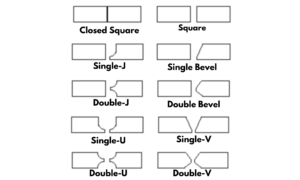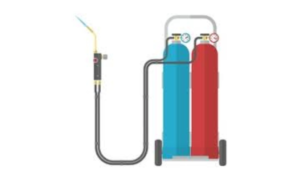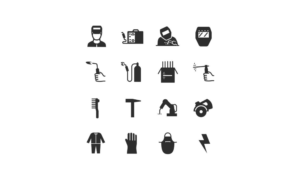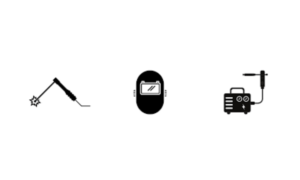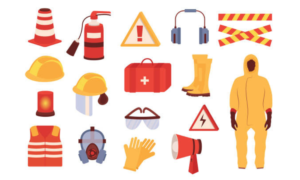How much does a Water Jet Cutter cost? A water jet cutter typically costs between $3,500 and $350,000. Factors such as size, precision, and features affect the final price.
Water jet cutters represent a versatile cutting solution for a range of materials, providing a perfect blend of precision and power. Ideal for cutting through metals, glass, stone, and other materials, these machines use a high-pressure stream of water, often combined with abrasive substances, to slice through objects with minimal material waste and without creating heat-affected zones.
Businesses in manufacturing, fabrication, and construction often incorporate water jet cutting into their processes due to its ability to make intricate cuts with clean edges. Investing in a water jet cutter requires considering operational costs, maintenance, and the potential return on investment, as the cost of the cutter is just one part of the overall financial picture. Despite the initial cost, the long-term benefits and versatility can outweigh the expenses for many users, making it a worthwhile investment for precision-cutting needs.
The Basics Of Water Jet Cutting
What Is A Water Jet Cutter?
A water jet cutter is a tool that uses a stream of water, often mixed with an abrasive substance, to slice through various materials. Unlike traditional cutting methods, it does not generate heat. This keeps materials free from warping or thermal distortion.Key Components And Their Functions
- Pump: Generates high-pressure water.
- Table: Holds the material in place during cutting.
- Jet nozzle: Focuses water for precise cuts.
- Abrasive hopper: Feeds abrasive into the stream.
- Controller: Guides the nozzle’s path.
Types Of Water Jet Cutters
Pure Water Jet Cutters
Pure water jet cutters are designed for slicing through soft materials.- Foam
- Paper
- Plastic
Abrasive Water Jet Cutters
Abrasive water jet cutters can handle tougher materials.- Metal
- Stone
- Glass
Cutting Capabilities And Their Effect On Cost
The cutter’s capabilities directly impact the cost.| Capability | Cost Influence |
|---|---|
| Material Thickness | Thicker materials require more powerful cutters. |
| Complexity of Cuts | Detailed patterns need advanced features. |
| Speed | Faster cutting speeds can increase the price. |
Factors Influencing Water Jet Cutter Pricing
Size And Complexity Of The Machine
Size and complexity play crucial roles in the cost of a water jet cutter. Larger devices, capable of handling bigger materials, demand a higher price tag. High-precision cutters with advanced capabilities also attract premium pricing. Consider the following:- Work envelope dimensions: Larger cutting areas increase costs.
- Multi-axis cutting ability: More axes typically mean higher prices.
- Intensifier pump: Higher horsepower pumps raise the cost.
Material And Design Features
Materials and design features of water jet cutters affect durability and price. Premium materials ensure longevity but at a higher upfront cost. Key design aspects include:- Stainless steel components: Resistant to corrosion, lasting longer.
- Seal design: Better seals reduce maintenance, affecting pricing.
- Automation features: Automated systems are pricier but improve efficiency.
Brand And Manufacturer Reputation
Brand reputation influences the reliability and quality of water jet cutters. Established brands with a track record of innovation and customer satisfaction might cost more but can offer better long-term value. Considerations include:- Warranty terms: Comprehensive warranties add to the cost.
- Customer service: Brands with superior support potentially charge more.
- User reviews: Positive reviews can be a sign of a quality, reputable brand.
Operational Costs Of Water Jet Cutters
Consumables And Maintenance
Regular upkeep and replacement of consumables keep your water jet cutter in prime condition. The list includes:- Abrasive materials: Essential for cutting, requiring frequent refilling.
- Nozzles and mixing tubes: Wear down with use, demanding periodic replacement.
- High-pressure seals: Need checks and replacements to prevent leaks.
Water And Power Usage
Water jet cutters require significant amounts of water and electricity. These costs vary based on:| Factor | Impact on Cost |
|---|---|
| Cutter model | Determines efficiency and water usage. |
| Operational hours | Longer use leads to higher utility bills. |
Technician And Training Expenses
Skilled technicians are essential for optimal machine operation. Training expenses include:- Initial training for operators.
- Ongoing skill upgrades.
- Potential specialist certification.
Savings And Value Of Investment
Long-term Cost Benefits
Water jet cutters offer longevity and durability. Less wear and tear means fewer replacements. This translates into saved funds long-term. Their precision ensures fewer mistakes, cutting down on costly material overruns.Versatility In Application
A single water jet cutter handles various materials, from metals to plastics. Versatility minimizes the need for multiple machines. This frees up space and saves on equipment costs.Reducing Waste And Increasing Efficiency
- Narrow kerf: Reduces material waste.
- Cold-cutting process: No heat-affected zones, preventing material distortion and saving on post-processing.
- High precision: Maximizes material use and minimizes scraps.
Navigating The Market For Best Deals
New Vs. Used Water Jet Cutters
New water jet cutters offer the latest technology and warranties. Used cutters, in contrast, can be much cheaper. They may have higher maintenance costs though. Consider the following:- Service History: Well-maintained machines can be like new.
- Technology: New models have advanced features but at a higher cost.
Leasing Options And Flexibility
Leasing a water jet cutter can reduce upfront costs and provide flexibility. Benefits include:- Lower monthly payments.
- Option to buy or upgrade at lease end.
Negotiation Tips And Vendor Incentives
Before the negotiation, research market prices. Go into discussions with these tips:- Know your budget to anchor negotiations.
- Ask for extras, such as training or accessories.
- Explore bulk discounts if buying multiple machines.
- Seek end-of-year sales, when vendors want to move inventory.
Frequently Asked Questions On How Much Does A Water Jet Cutter Cost
Why Is Waterjet Cutting Expensive?
Waterjet cutting is expensive due to its high precision technology and the costs associated with operating powerful pumps and maintaining the sophisticated equipment required for the cutting process. High-energy demands and specialized abrasive materials also contribute to its cost.
Is Waterjet Cutting Cheaper Than Laser Cutting?
Waterjet cutting typically incurs higher material and operational costs than laser cutting, making laser cutting generally less expensive.
How Much Does A Waterjet Laser Cost?
Waterjet cutters typically range from $100,000 to $350,000, depending on size, power, and features.
What Is The Price Of Water Jet?
The price of a water jet-cutting machine typically ranges from $30,000 to over $150,000. Factors such as size, performance, and features affect the cost.
Conclusion
Determining the cost of a water jet cutter involves several variables. From the machine’s size to its power requirements and additional features, investment varies widely. Buyers must balance budget with functionality to find the ideal solution. For detailed quotes and guidance, contacting manufacturers directly proves essential.
Smart shopping leads to cost-effective cutting solutions.



